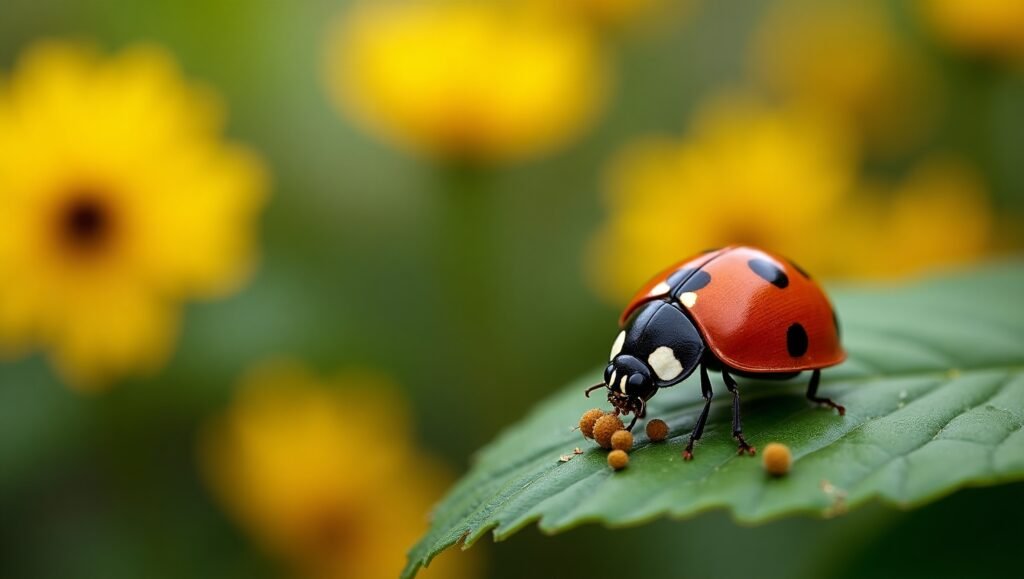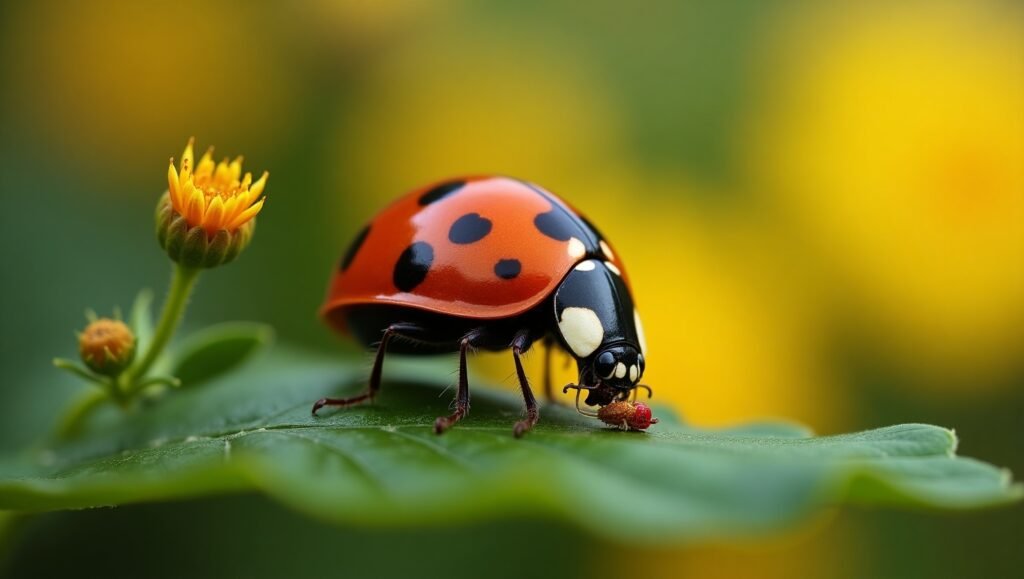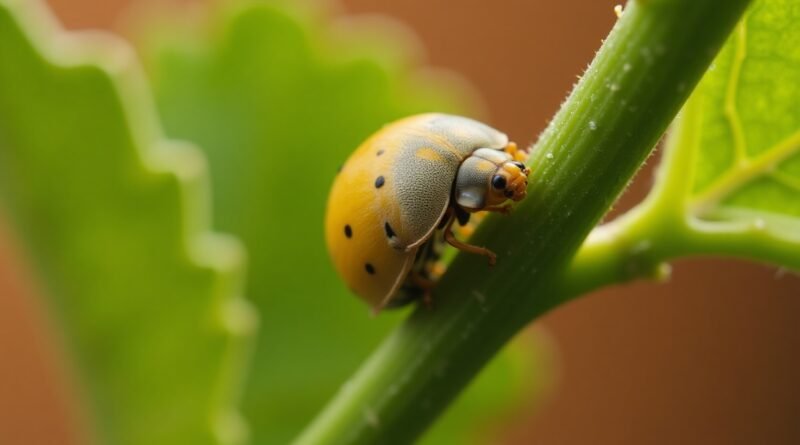7 Fascinating Facts About What Do Ladybugs Eat That Will Surprise You
What Do Ladybugs Eat? 7 Fascinating Facts That Will Surprise You
Ladybugs, also called ladybirds or lady beetles, are small, round insects loved by gardeners and nature enthusiasts alike. Their vibrant red shells dotted with black spots make them a welcome sight in gardens. But beyond their charming looks, these tiny creatures are also skilled hunters. Many people wonder — what do ladybugs eat? The answer is more intriguing than you might expect, and it’s a big reason why they are so beneficial for plants.
In this comprehensive guide, we’ll explore their diet, how it changes at different life stages, and why it matters for our environment.

1. Understanding Ladybugs
Ladybugs are members of the beetle family Coccinellidae, which includes more than 5,000 species found across the globe. Most people recognize the common red and black variety, but ladybugs can also be orange, yellow, or even black.
Their small size and delicate appearance often fool people into thinking they’re harmless to other insects — but in reality, they are powerful predators that keep harmful pests in check.
2. What Do Ladybugs Eat in the Wild?
The most famous item on a ladybug’s menu is aphids — tiny green, black, or brown insects that feed on plant sap and damage leaves and flowers.
- An adult ladybug can eat up to 50 aphids per day.
- Over its lifetime, a single ladybug may consume more than 5,000 aphids.
But aphids aren’t the only pests they target. Ladybugs also feed on:
- Mites
- Scale insects
- Mealybugs
- Whiteflies
This varied diet makes ladybugs valuable partners for both gardeners and farmers. According to the University of California Statewide IPM Program, introducing ladybugs into crops can naturally reduce pest infestations without harmful chemicals.
3. What Do Baby Ladybugs Eat?
Ladybug larvae are pest-eating machines. They hatch looking nothing like the adults — long, black, and covered with tiny spikes.
In their 2–4 week larval stage, they can eat hundreds of aphids and small insect eggs. In fact, larvae often eat more pests than adult ladybugs because they are constantly growing and need more energy.
4. Do Ladybugs Eat Plants?
For most species, the answer is no — ladybugs do not eat plants. They prefer insects and occasionally pollen.
However, a few species, such as the Mexican bean beetle and squash beetle, can feed on leaves. These species are rare and should not be confused with the beneficial ladybugs you see in most gardens.

5. Other Foods Ladybugs Enjoy
When pests are scarce, ladybugs turn to other food sources for survival, including:
- Pollen — a source of proteins and vitamins.
- Nectar — for hydration and quick energy.
- Fungal spores — eaten occasionally when other food is unavailable.
These alternative diets help them survive during winter or pest-free seasons.
6. Ladybugs in Different Seasons
Ladybugs’ diets can change with the seasons:
- Spring/Summer: Mostly pest insects such as aphids and mites.
- Late Summer/Fall: A mix of pests, pollen, and nectar.
- Winter: Ladybugs go into hibernation and eat very little, relying on stored energy.
Understanding these patterns can help gardeners plan their planting to support ladybug populations year-round.
7. How Ladybugs Help Gardeners
Ladybugs are often called “nature’s pest control” for a good reason. Their benefits include:
- Reducing pesticide need — saving money and protecting soil health.
- Improving crop quality — fewer pest damages mean healthier harvests.
- Supporting biodiversity — keeping pest populations balanced.
The National Wildlife Federation reports that ( SOURSE )gardens with healthy ladybug populations require up to 70% fewer chemical treatments.
8. How to Attract Ladybugs
To encourage ladybugs to stay in your garden:
- Plant ladybug-friendly flowers like dill, fennel, marigolds, and cosmos.
- Avoid chemical pesticides that can kill ladybugs.
- Provide water in shallow dishes with pebbles.
- Offer shelter with dense plants or ladybug houses.
9. Fun Facts About Ladybugs
- Some ladybugs can play dead to avoid predators.
- Their vivid colors warn predators that they are unpalatable.
- A ladybug’s spots fade with age.
- Ladybugs can fly at speeds of up to 37 miles per hour.
10. Final Thoughts
So, what do ladybugs eat? Mostly aphids, but also other harmful insects like mites and whiteflies. They occasionally consume pollen and nectar when pests are scarce.
If you want a thriving garden, welcoming ladybugs is one of the best natural pest control strategies. With a few simple steps, you can turn your garden into a safe haven for these tiny, beneficial predators.
For More Information
If you’re curious to explore more fascinating reads, don’t miss our in-depth article on Human Egg Farm — 7 Powerful Truths About Egg that reveals shocking insights you’ve probably never heard before. You can also check out The Texas Flag’s True Meaning Will Surprise You to uncover the history and symbolism behind this iconic emblem.

